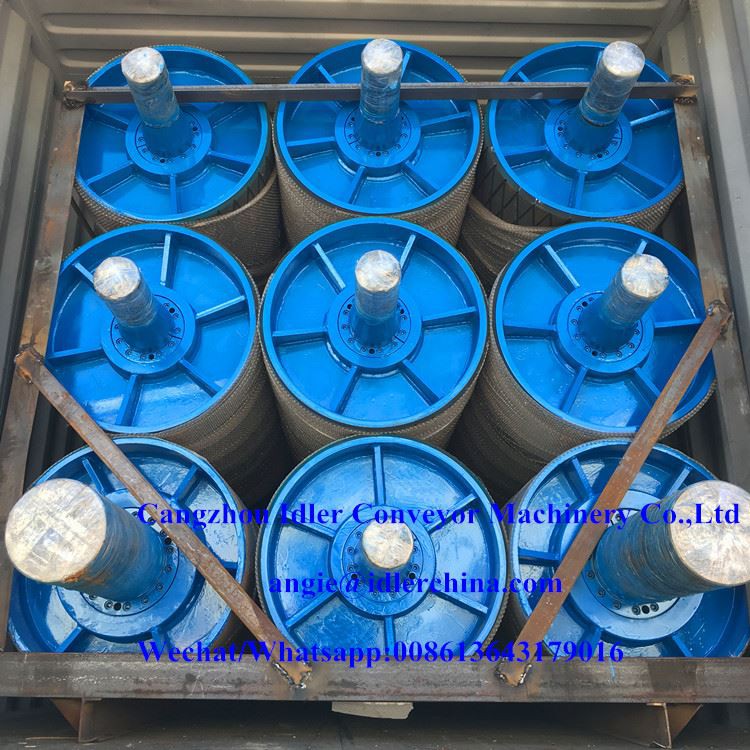 Afrikaans
Afrikaans  Albanian
Albanian  Amharic
Amharic  Arabic
Arabic  Armenian
Armenian  Azerbaijani
Azerbaijani  Basque
Basque  Belarusian
Belarusian  Bengali
Bengali  Bosnian
Bosnian  Bulgarian
Bulgarian  Catalan
Catalan  Cebuano
Cebuano  Corsican
Corsican  Croatian
Croatian  Czech
Czech  Danish
Danish  Dutch
Dutch  English
English  Esperanto
Esperanto  Estonian
Estonian  Finnish
Finnish  French
French  Frisian
Frisian  Galician
Galician  Georgian
Georgian  German
German  Greek
Greek  Gujarati
Gujarati  Haitian Creole
Haitian Creole  hausa
hausa  hawaiian
hawaiian  Hebrew
Hebrew  Hindi
Hindi  Miao
Miao  Hungarian
Hungarian  Icelandic
Icelandic  igbo
igbo  Indonesian
Indonesian  irish
irish  Italian
Italian  Japanese
Japanese  Javanese
Javanese  Kannada
Kannada  kazakh
kazakh  Khmer
Khmer  Rwandese
Rwandese  Korean
Korean  Kurdish
Kurdish  Kyrgyz
Kyrgyz  Lao
Lao  Latin
Latin  Latvian
Latvian  Lithuanian
Lithuanian  Luxembourgish
Luxembourgish  Macedonian
Macedonian  Malgashi
Malgashi  Malay
Malay  Malayalam
Malayalam  Maltese
Maltese  Maori
Maori  Marathi
Marathi  Mongolian
Mongolian  Myanmar
Myanmar  Nepali
Nepali  Norwegian
Norwegian  Norwegian
Norwegian  Occitan
Occitan  Pashto
Pashto  Persian
Persian  Polish
Polish  Portuguese
Portuguese  Punjabi
Punjabi  Romanian
Romanian  Russian
Russian  Samoan
Samoan  Scottish Gaelic
Scottish Gaelic  Serbian
Serbian  Sesotho
Sesotho  Shona
Shona  Sindhi
Sindhi  Sinhala
Sinhala  Slovak
Slovak  Slovenian
Slovenian  Somali
Somali  Spanish
Spanish  Sundanese
Sundanese  Swahili
Swahili  Swedish
Swedish  Tagalog
Tagalog  Tajik
Tajik  Tamil
Tamil  Tatar
Tatar  Telugu
Telugu  Thai
Thai  Turkish
Turkish  Turkmen
Turkmen  Ukrainian
Ukrainian  Urdu
Urdu  Uighur
Uighur  Uzbek
Uzbek  Vietnamese
Vietnamese  Welsh
Welsh  Bantu
Bantu  Yiddish
Yiddish  Yoruba
Yoruba  Zulu
Zulu Understanding the Role of Conveyor Impact Bars in Material Handling Systems
Understanding Conveyor Impact Bars Function and Importance
Conveyor systems are integral to modern industrial operations, facilitating the smooth and efficient transport of materials. Among the critical components of these systems are conveyor impact bars, which play a pivotal role in ensuring the longevity and effectiveness of conveyor belts. This article explores the function and importance of impact bars in conveyor systems.
Impact bars are specifically designed to absorb the energy produced when materials are loaded onto a conveyor belt. When heavy items are dropped onto the belt, the force of the impact can cause significant wear and tear on the belt surface and its structure. Here, impact bars serve as a protective layer, distributing the force evenly and minimizing damage. Made from specialized materials such as rubber, polyurethane, or hardened plastics, these bars are engineered to withstand high levels of stress and abrasion.
The placement of impact bars is crucial; they are typically installed in the loading areas where materials first meet the conveyor system. By positioning the bars strategically, operators can prolong the life of the conveyor belt and reduce maintenance costs. This not only translates to significant savings over time but also enhances the overall efficiency of the material handling process.
conveyor impact bar

Another essential function of conveyor impact bars is to reduce noise levels during operation. Traditional conveyors can be quite loud, especially when heavy loads are being transported. Impact bars help to dampen the sounds of dropping materials, contributing to a safer and more comfortable working environment. Furthermore, minimizing noise pollution can comply with workplace safety regulations.
Additionally, the right choice of impact bars can improve the overall performance of the conveyor system. Features such as sloped designs or tapered edges can facilitate better material flow, reducing blockages and minimizing downtime. This optimization leads to increased productivity, allowing businesses to meet demand without the need for extensive overhauls of their conveyor systems.
In conclusion, conveyor impact bars are vital components that significantly influence the effectiveness and durability of conveyor systems. By absorbing impact, reducing noise, and promoting material flow, these bars help maintain operational efficiency and reduce maintenance costs. As industries continue to evolve with advancing technology, investing in high-quality impact bars will remain a crucial consideration for any business utilizing conveyor systems. Proper selection and maintenance of these bars can lead to enhanced performance and a safer work environment, ensuring that businesses can meet their logistical demands with confidence.
-
Revolutionizing Conveyor Reliability with Advanced Rubber Lagging PulleysNewsJul.22,2025
-
Powering Precision and Durability with Expert Manufacturers of Conveyor ComponentsNewsJul.22,2025
-
Optimizing Conveyor Systems with Advanced Conveyor AccessoriesNewsJul.22,2025
-
Maximize Conveyor Efficiency with Quality Conveyor Idler PulleysNewsJul.22,2025
-
Future-Proof Your Conveyor System with High-Performance Polyurethane RollerNewsJul.22,2025
-
Driving Efficiency Forward with Quality Idlers and RollersNewsJul.22,2025





























